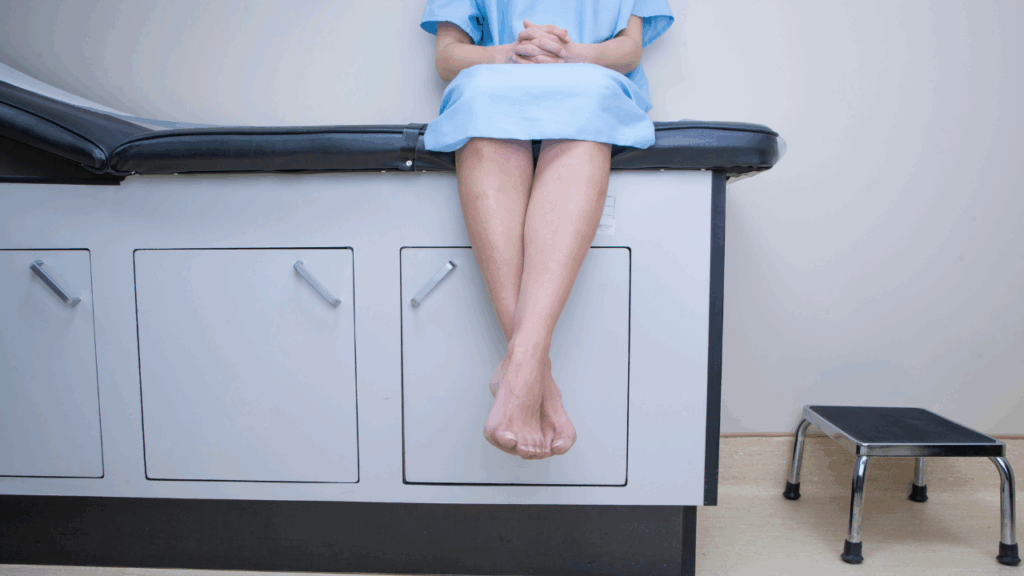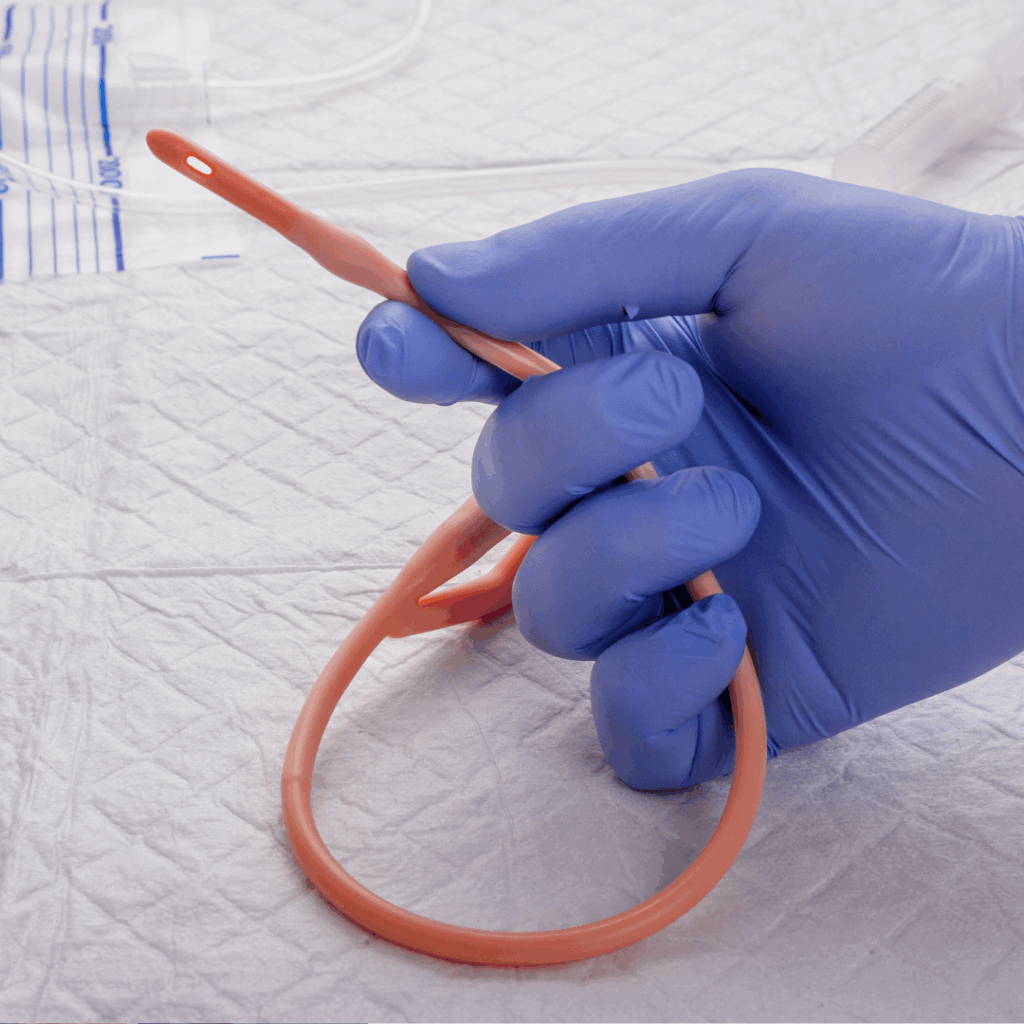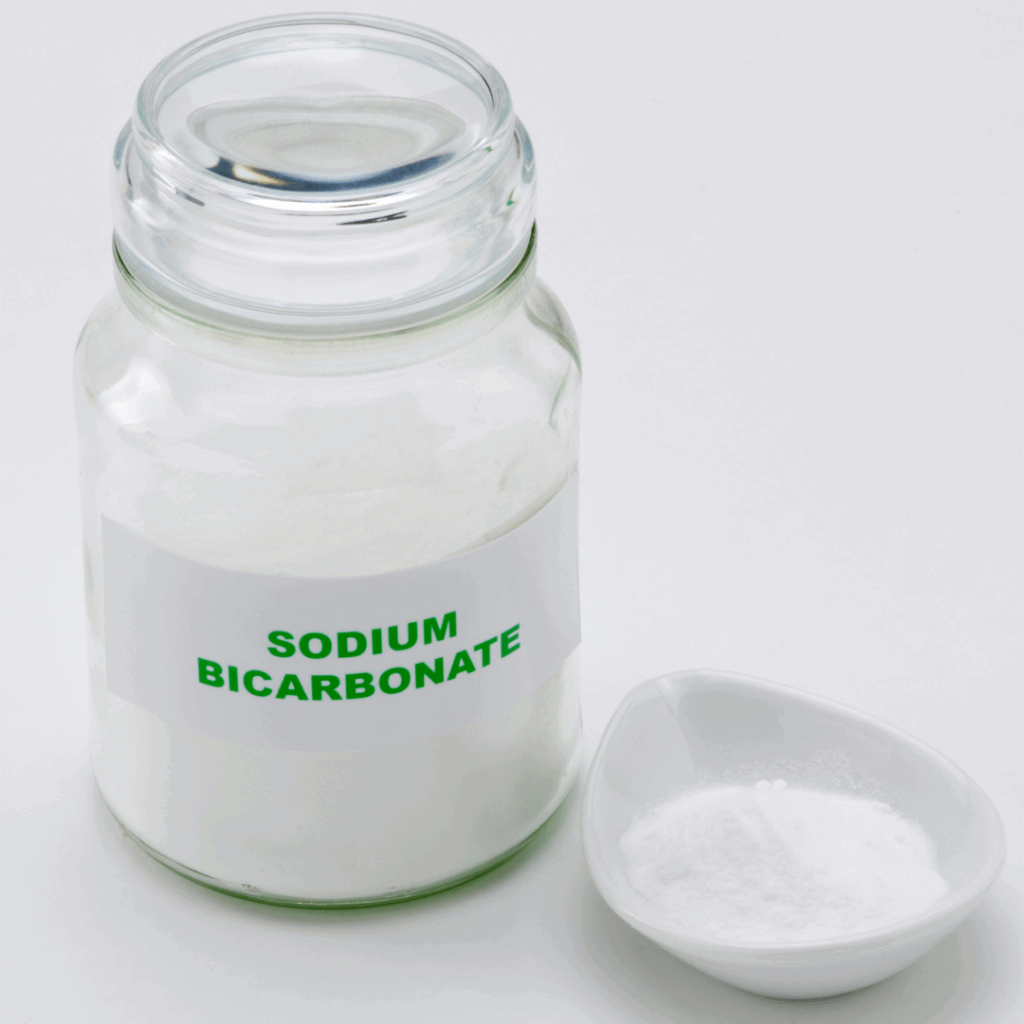Free shipping on all orders over $50 | Subscribe & save 15%
Free shipping on all orders over $50 | Subscribe & save 15%

Bladder instillations have been used for decades as a treatment for interstitial cystitis “flares”, or temporary worsening of symptoms above baseline. A flare can last from hours to days. Some patients have no pain between flares, while others have a certain amount of pain that is tolerable, then their pain becomes intolerable during a flare.

Bladder instillations are literally instilling a medication directly into the bladder with a catheter. The procedure can be performed in the clinic by a physician, a physician assistant, or a nurse. Patients usually empty their bladder before receiving the instillation. Then, the urethra is cleaned with iodine or another soap, a small lubricated catheter is placed into the bladder, and the solution is injected. But, there is good news! There is no needle required. The procedure is completed in a matter of seconds. Then, the patient holds the solution in the bladder for about 2-3 hours. It may burn at first, but soon the relief will be appreciated. One can leave and go home, then void (urinate) when the time is up.
Instillations are most commonly performed in the urologist’s or urogynecologist’s office. We usually offer one instillation weekly for six weeks, but patients may come to the office more or less often. If their symptoms resolve, they might even come in for one instillation then be done. Patients with more frequent flares and/or those who are not able to come to the doctor’s office on a weekly basis can actually perform instillations themselves at home. It just requires a special prescription for medications and supplies.

What is in an instillation? Classically, the solvent dimethyl sulfoxide, or DMSO (yes, industrial DMSO), has been used in bladder instillations. In fact, DMSO is approved by the FDA for this use. Although still used frequently (don’t try this at home!), many providers choose other substances alone or in combination. These include the numbing medication lidocaine, bicarbonate (baking soda), and even crushed pills of pentosan polysulphate sodium (PPS, a commonly used oral medication for IC/BPS). Lidocaine helps number the bladder, and therefore results in almost instant pain relief. Bicarbonate helps to reduce the acidity in the urine, which may contribute to bladder pain in patients with IC/BPS. PPS, also known as Elmiron, is used orally to replace the glycosaminoglycan (GAG) layer. The GAG layer provides a protective “coat” over the internal bladder lining. It is thought that many patients with IC/BPS have breakdown of this bladder lining, and therefore, instilling PPS into the bladder in an instillation form may help protect the bladder lining.
What are side effects of bladder instillations? Sometimes there can be burning at first with lidocaine instillations, but this usually subsides once the bladder lining begins to be numb. Occasionally, one may feel tingling of the lips from lidocaine absorption. Usually when this happens we recommend going to the toilet and emptying one’s bladder immediately. The other possibility is that one’s flare may be severe and not respond to instillations. If that happens, then there are other options for one’s urogynecologist to try. Much of the time, one feels better after 2-3 treatments, and the patient doesn’t end up finishing the course of six instillations. Another complication that can occur is urinary tract infection. One controversial outcome that has recently come under scrutiny is the use of PPS (Elmiron) which has been linked to macular degeneration.
If you have bladder pain flares, make sure to see a urologist, a gynecologist, or even better, a urogynecologist, for help. Bladder instillations may be a great treatment option for interstitial cystitis.